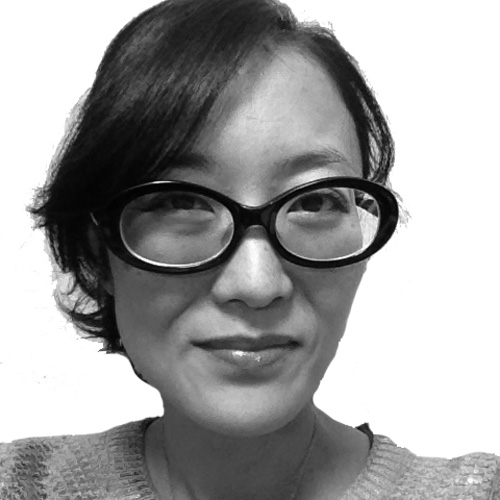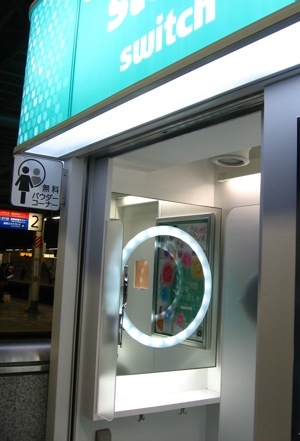
Mio Yamada
A freelance arts and lifestyle editor and writer, Mio Yamada focuses on design, crafts and architecture. When she’s not visiting galleries and trade fairs, you'll find her taking photos of everything and being distracted by shiny objects. She's also surprisingly British.
Mar 25, 2011
Jan 7, 2011
Nov 19, 2010
Aug 20, 2010
Jul 2, 2010
Feb 28, 2009
Nov 29, 2008
Oct 26, 2008
Sep 13, 2008
May 6, 2007






























